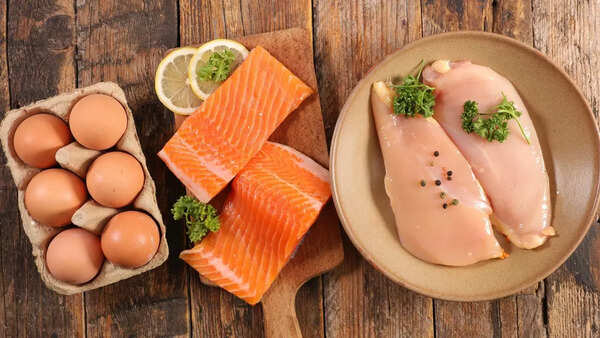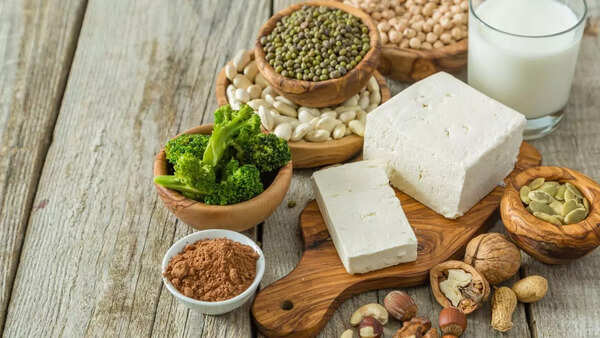Protein is essential for tissue repair, muscle building, and various cellular functions. While protein-rich foods and supplements are popular, most people get enough protein through their regular diet. Experts recommend focusing on balanced eating and exercise instead of relying on supplements.

Proteins are crucial for:
Protein, a macronutrient alongside carbohydrates and fats, consists of amino acids. The body produces some, but essential amino acids must come from food.
While high protein intake is generally safe, excessive amounts can be harmful. Protein deficiency is rare, mainly affecting those with malnutrition or limited food access.
The World Health Organization (WHO) recommends about 0.8 grams of protein daily per kilogram of body weight.
Requirements vary; physically active individuals, especially athletes, need more.
Animal-based proteins are complete, offering all essential amino acids and nutrients like iron and zinc.

Examples include:
Plant-based proteins may not always provide all essential amino acids in one food, but a varied diet can meet needs.

Examples include:
Vegans and vegetarians may consume less protein than non-vegetarians but can still meet their needs by including various plant-based sources.

These include:
Vegetarians can also obtain protein from dairy.
Watch for these symptoms:
Consult a registered dietitian or healthcare professional for personalized advice.
Older articles
 Android Security Alert: Government Warns of Critical Flaws Exposing User Data
Android Security Alert: Government Warns of Critical Flaws Exposing User Data
 5 Overlooked Warning Signs of Colon Cancer: Early Detection Saves Lives
5 Overlooked Warning Signs of Colon Cancer: Early Detection Saves Lives
 Shukla's ISS Arrival Heralds New Era for Indian Space Exploration; Gaganyaan Mission Looms
Shukla's ISS Arrival Heralds New Era for Indian Space Exploration; Gaganyaan Mission Looms
 Ashada Gupt Navratri 2025: Dates, Significance, and How to Observe This Hidden Festival
Ashada Gupt Navratri 2025: Dates, Significance, and How to Observe This Hidden Festival
 Milne, Henry Earn New Zealand Recall for T20I Tri-Series; Uncapped Jacobs Included
Milne, Henry Earn New Zealand Recall for T20I Tri-Series; Uncapped Jacobs Included
 Jannat Zubair Opens Up About "The Traitors" Exit, Reveals Her Biggest Regret
Jannat Zubair Opens Up About "The Traitors" Exit, Reveals Her Biggest Regret
 Moto G54 Price Slashed in India: Check Out the New, Lowered Costs
Moto G54 Price Slashed in India: Check Out the New, Lowered Costs
 xAI to Open Source Grok Chatbot: Musk Pushes for Accessible AI, Accuses OpenAI of Betrayal
xAI to Open Source Grok Chatbot: Musk Pushes for Accessible AI, Accuses OpenAI of Betrayal
 Skin Deep: 7 Warning Signs on Your Skin That Could Signal Heart Trouble
Skin Deep: 7 Warning Signs on Your Skin That Could Signal Heart Trouble
 X (Formerly Twitter) Bans Half a Million Accounts in India Amid Policy Crackdown
X (Formerly Twitter) Bans Half a Million Accounts in India Amid Policy Crackdown